Tools Required
SA9127E Gage Bar Set
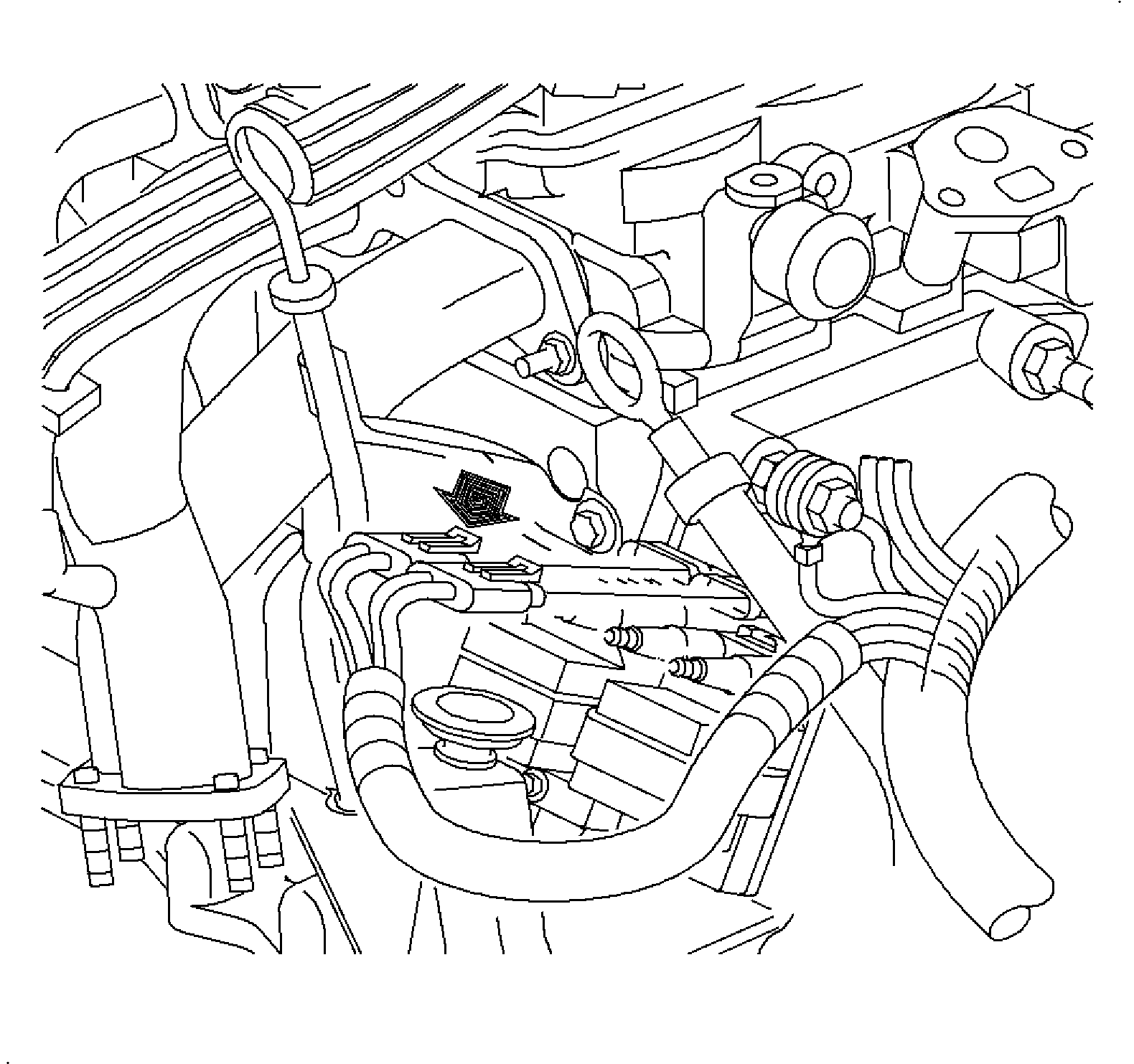
If there is lack of power, excessive oil consumption, or poor fuel economy,
etc., measure the compression pressure.
Caution: Compression checks must be performed with the vehicle in park or neutral and
the parking brake applied.
- Start the engine and allow it to reach normal operating temperature.
- Shut the engine off and disconnect the ignition module connector.
- Disconnect the spark plug wires and remove all 4 spark plugs.
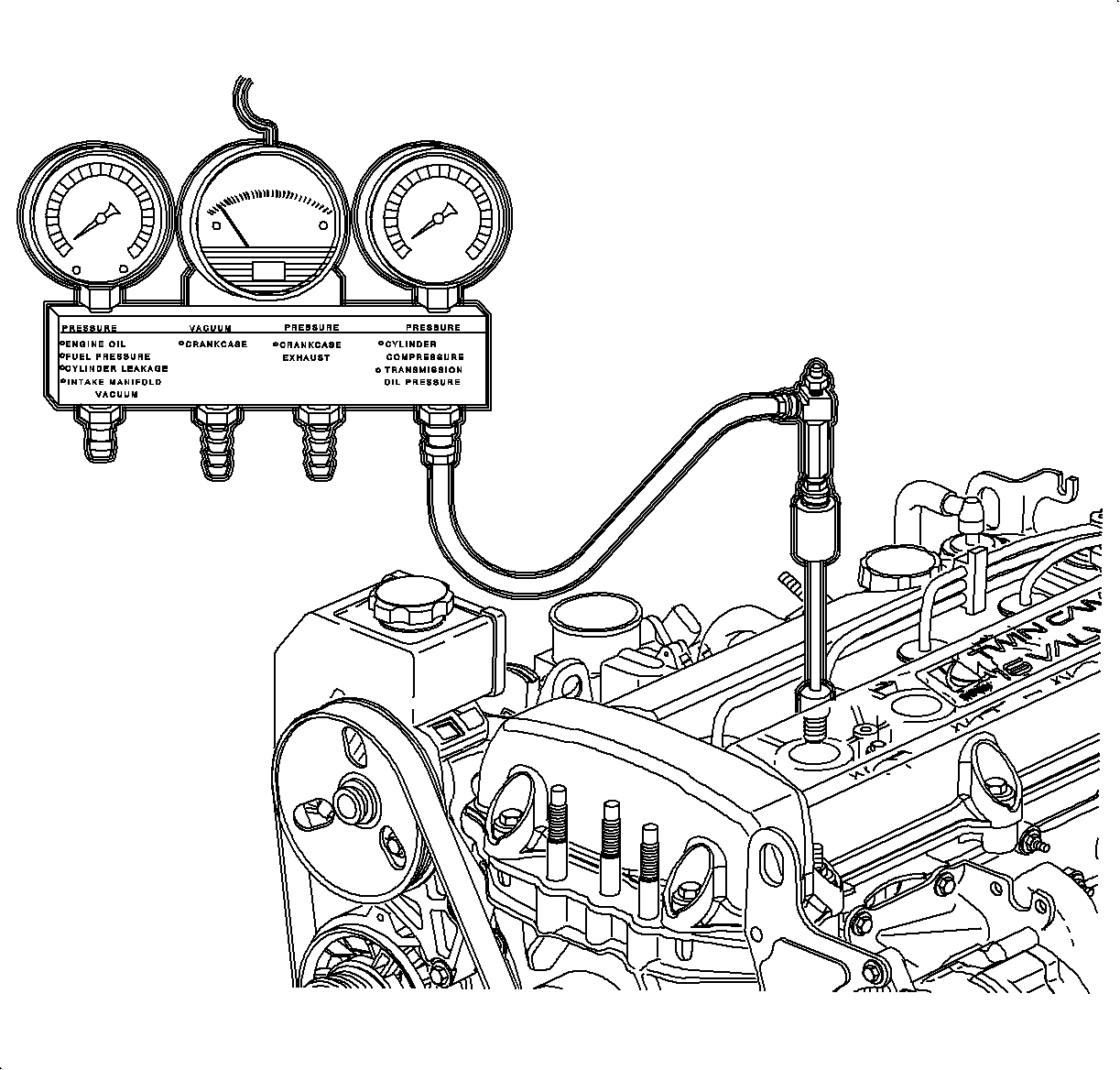
- Insert a compression SA9127E
into the spark plug hole.
- Fully open throttle.
| • | Cylinder 1 equals pressure 187 |
| • | Cylinder 2 equals pressure 192 |
| • | Cylinder 3 equals pressure 185 |
| • | Cylinder 4 equals pressure 180 |
| • | No. 4 cylinder is acceptable |
Important: Always use a fully charged battery to obtain engine revolutions of 250 RPM
minimum. Do not crank the engine for more than 15 seconds.
- While cranking the engine, measure the compression. The cylinder should puff
or the compression gage needle should bounce a minimum of 10 times.
Important: All measurements must be completed in as short a time as possible. Check low
cylinders and make sure a minimum of 10 puffs are obtained prior to reading
the gage.
- Repeat the previous steps for each cylinder.
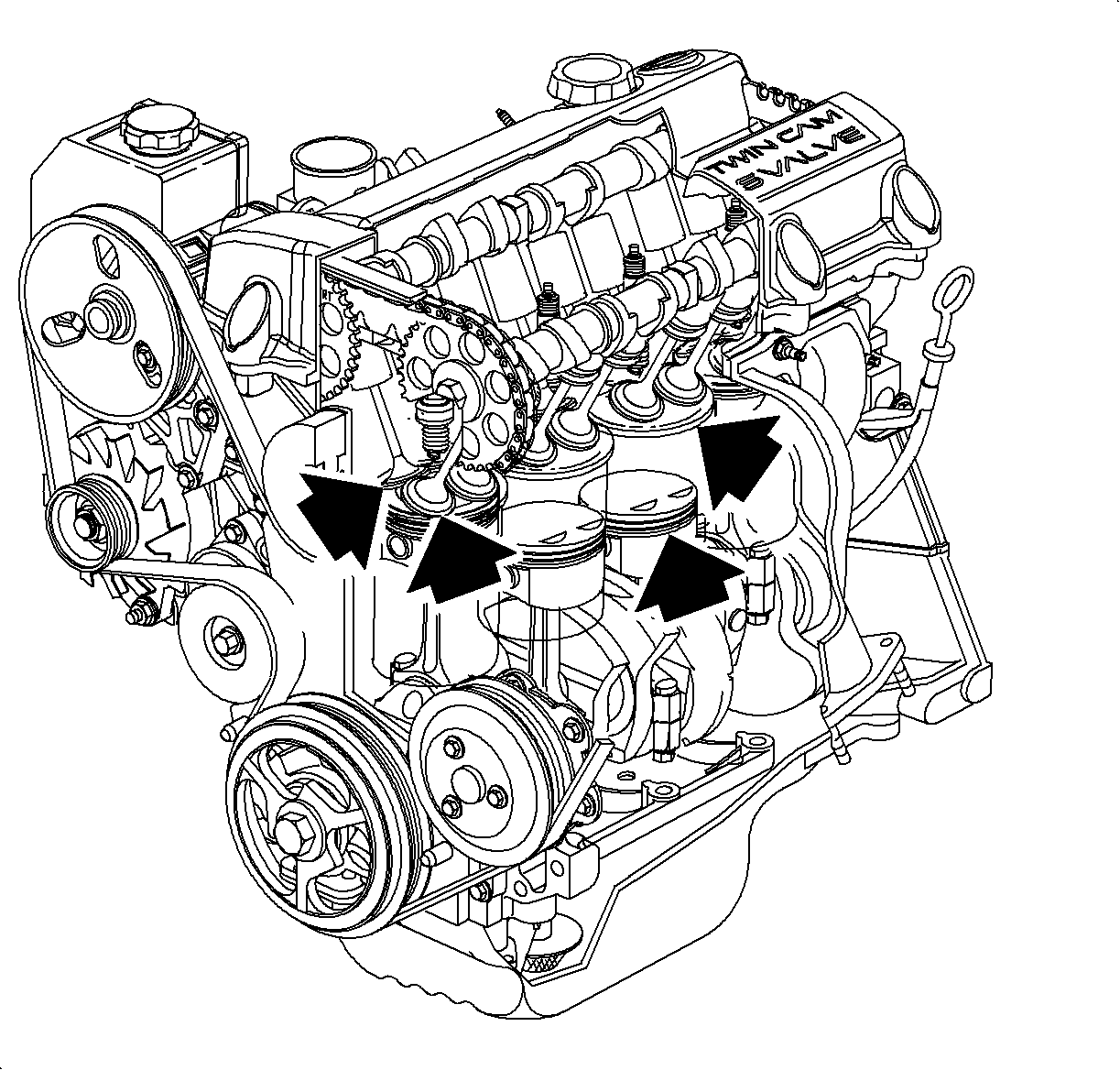
| | Important: No compression in 2 or more cylinders is an indication of a damaged timing chain
sprockets, camshafts, crankshaft key or pins.
|
| • | Normal Compression: Builds up quickly and evenly to specification in each cylinder. |
Normal Compression
Pressure: 1276-1344 kPa (185-205 psi)
Minimum Compression
Pressure: 1241 kPa (180 psi)
| • | Low Compression: Damaged piston, rings, valves, or head gasket. |
| • | High Compression: Carbon on pistons/combustion chamber. |

Important: A cylinder leakage test can be performed to further determine location of compression
leakage if one or more cylinders are extremely low.
- If the cylinder compression in one or more cylinders is low, pour a small amount,
one teaspoon, of engine oil into the cylinder through the spark plug hole.
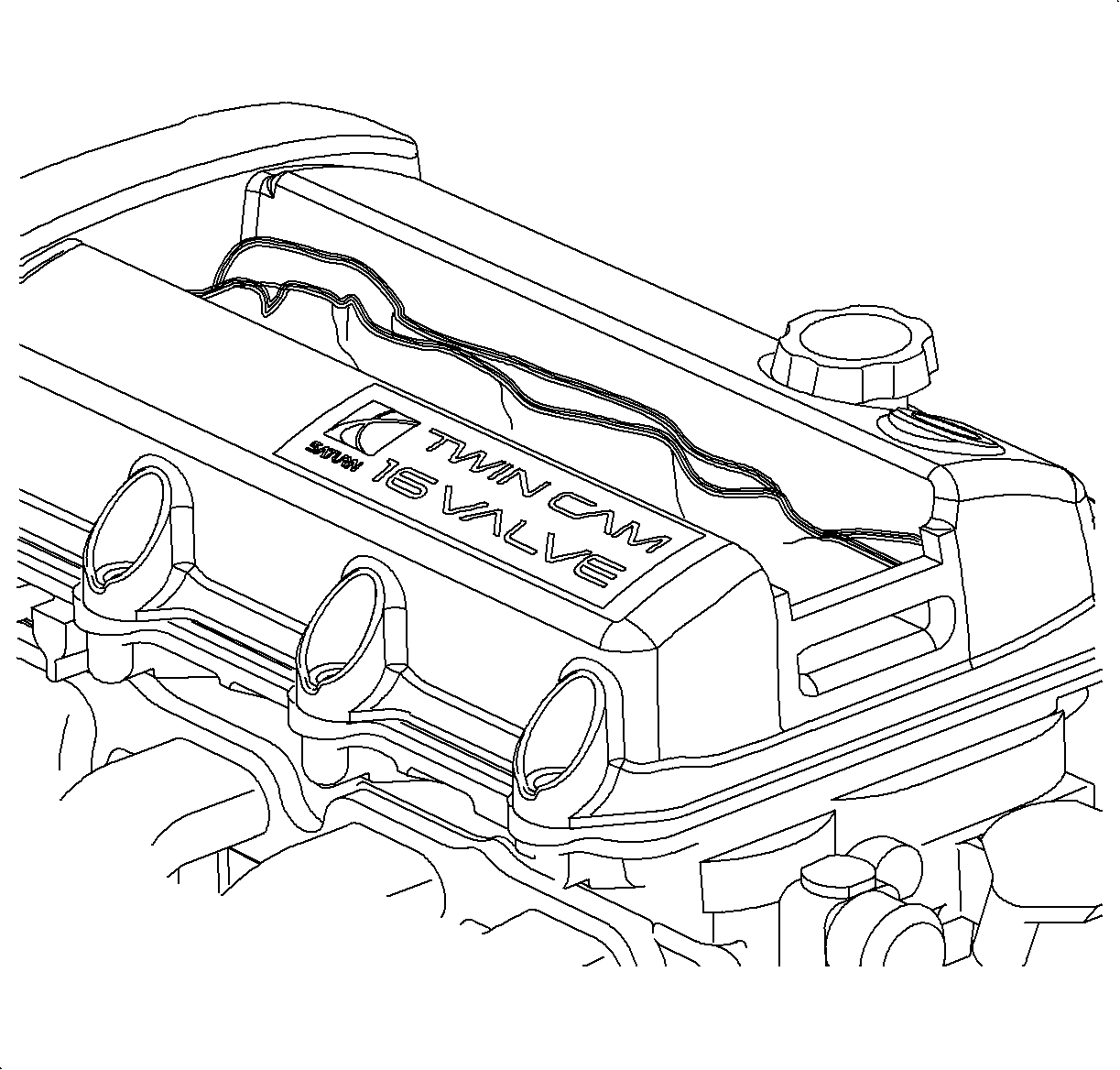
- Place a shop towel over plug holes to capture any oil mist/spray.
- Crank the engine over for a few seconds without the compression gage
or spark plugs installed.
- Repeat previous steps 4-7 and measure compression.
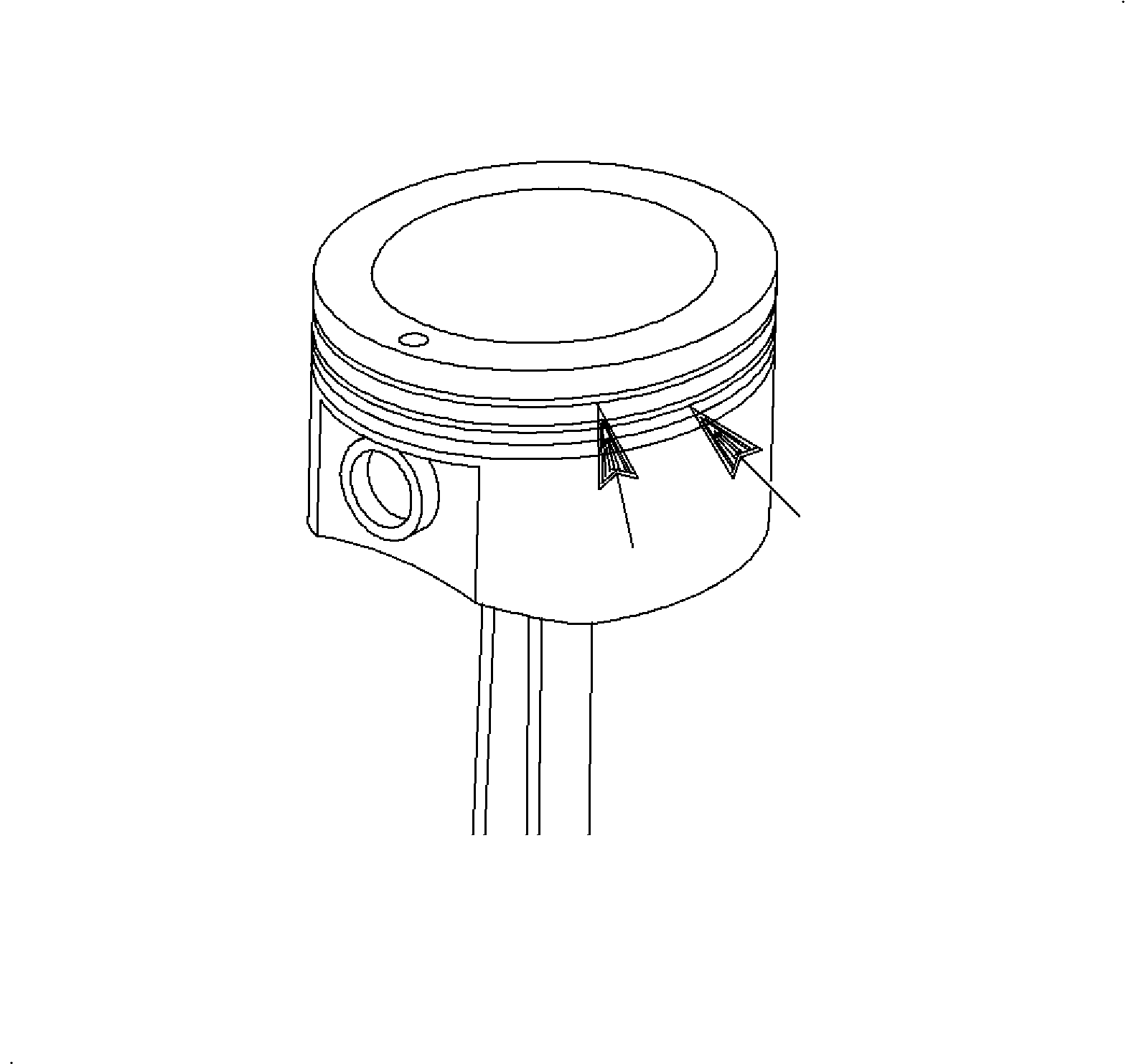
- If adding oil increases compression readings:
Pistons Rings Leaking: Compression low on first stroke, first gage puff and
tends to build up on following strokes, but does not reach normal compression pressure.
Improves considerably with oil. Inspect for worn or broken rings and piston ring
land wear, pound out.

- If adding oil does not increase compression:
| • | Valves or Head Gasket Leaking: Compression low on first stroke. Does not
tend to build up on following strokes. Does not improve with adding oil to cylinder. |
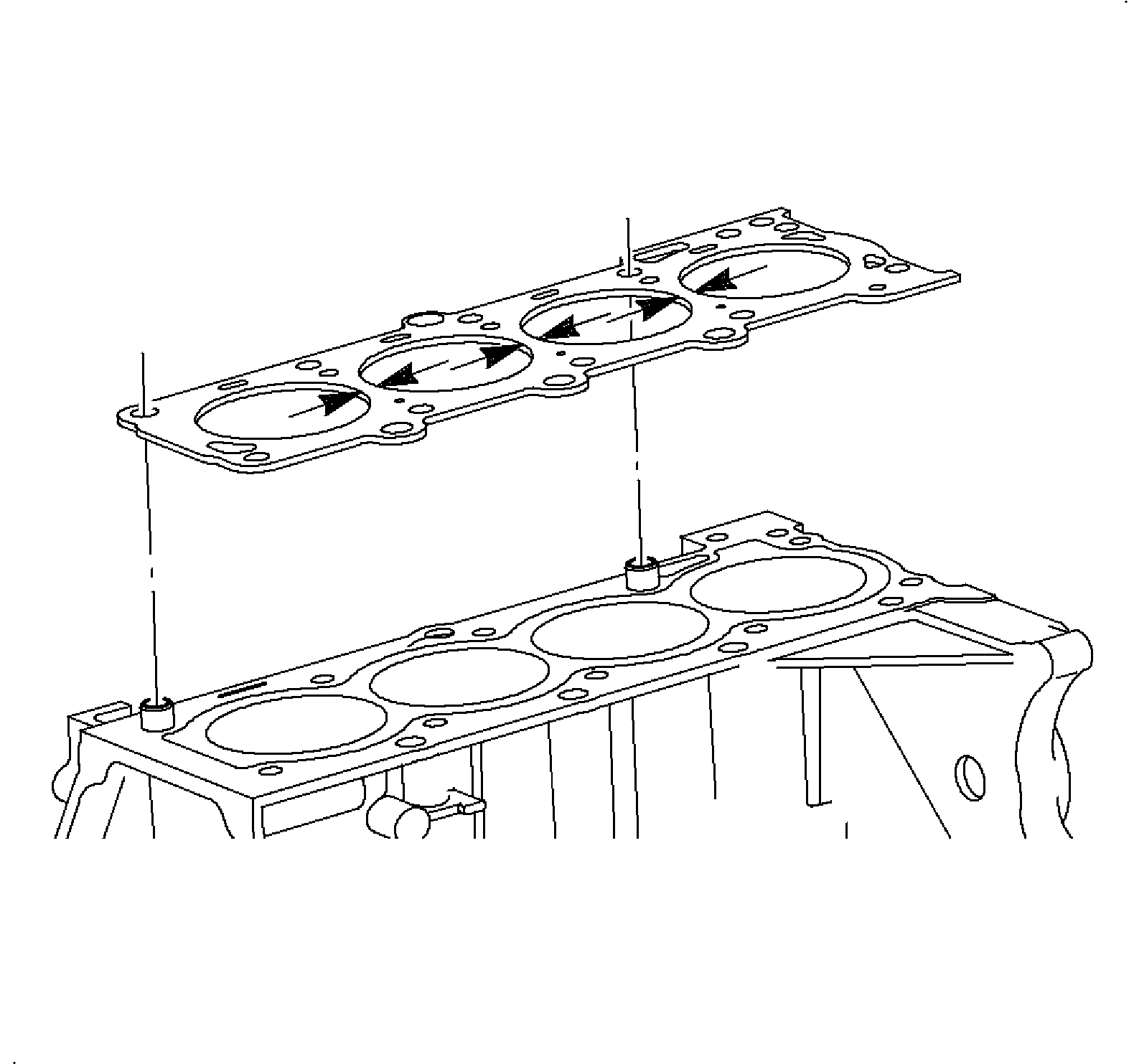
| • | Head Gasket: Two adjacent cylinders have lower than normal compression and
adding oil to the cylinder does not improve compression. |
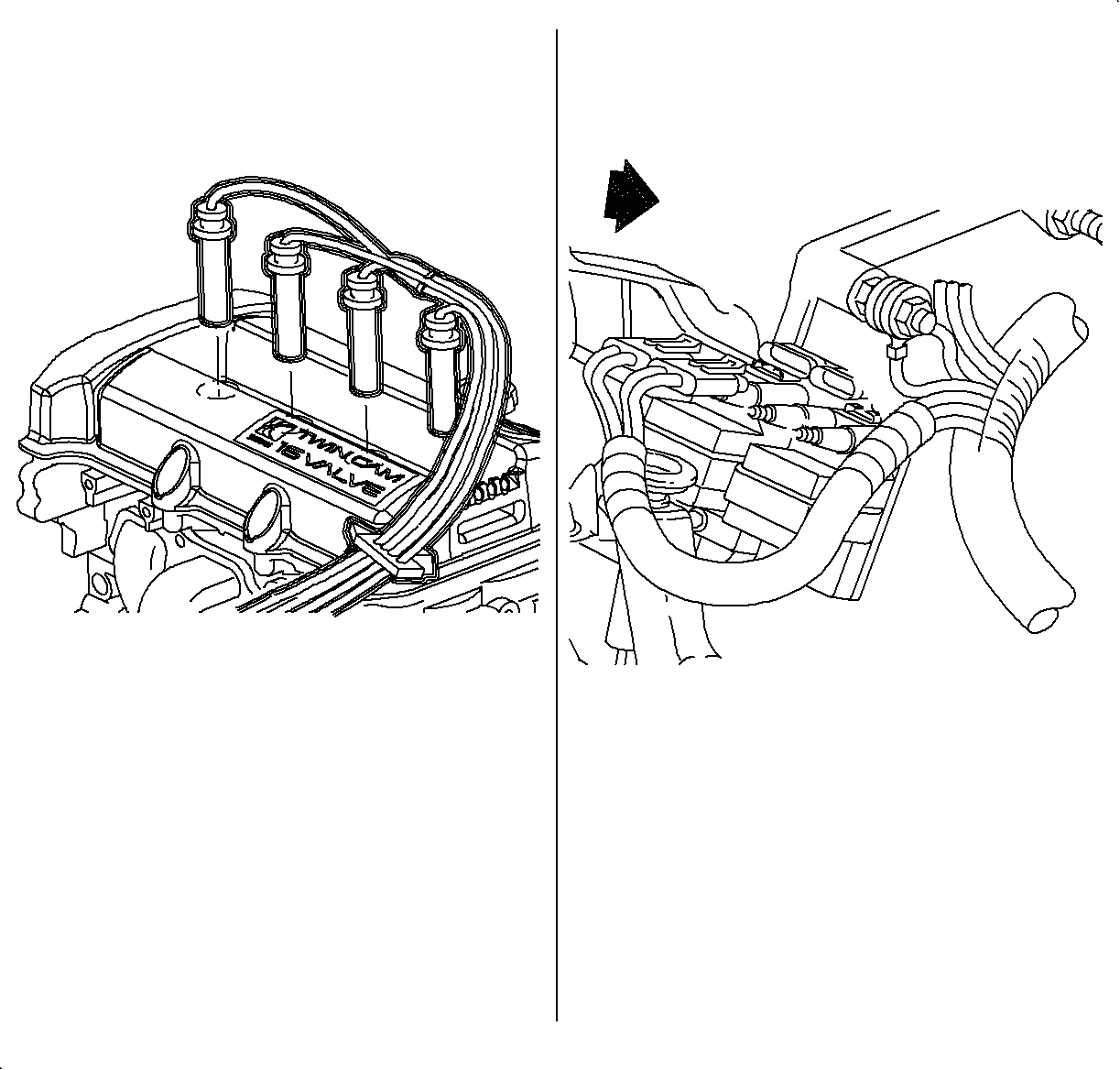
- Remove the compression tester and install the spark plugs.
Tighten
Tighten the spark plug-to-head 27 N·m (20 lb ft).
- Connect the spark plug wires. Ensure the spark plug boots are firmly seated.
- Connect the ignition module connector.
- Release the throttle if previously set fully open.









